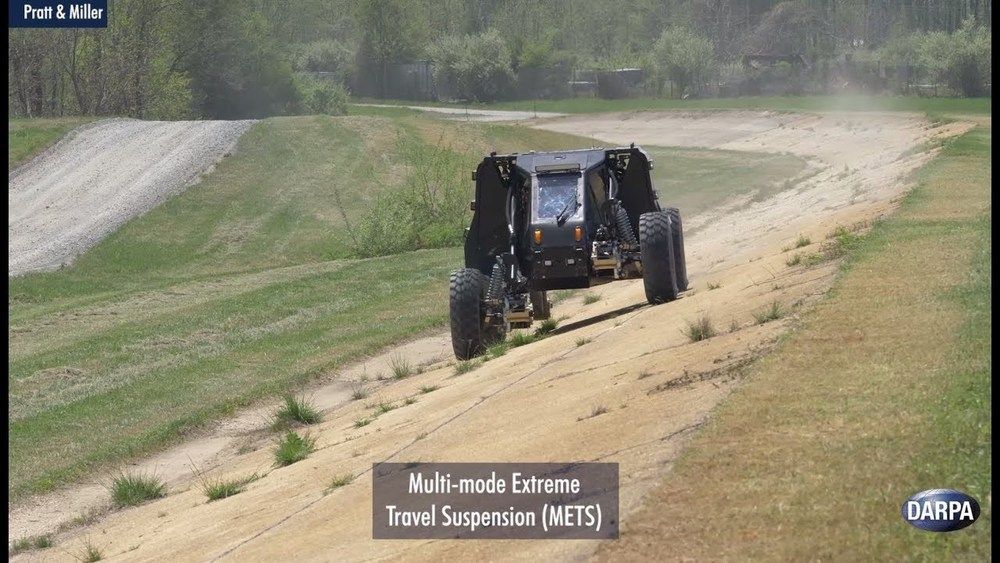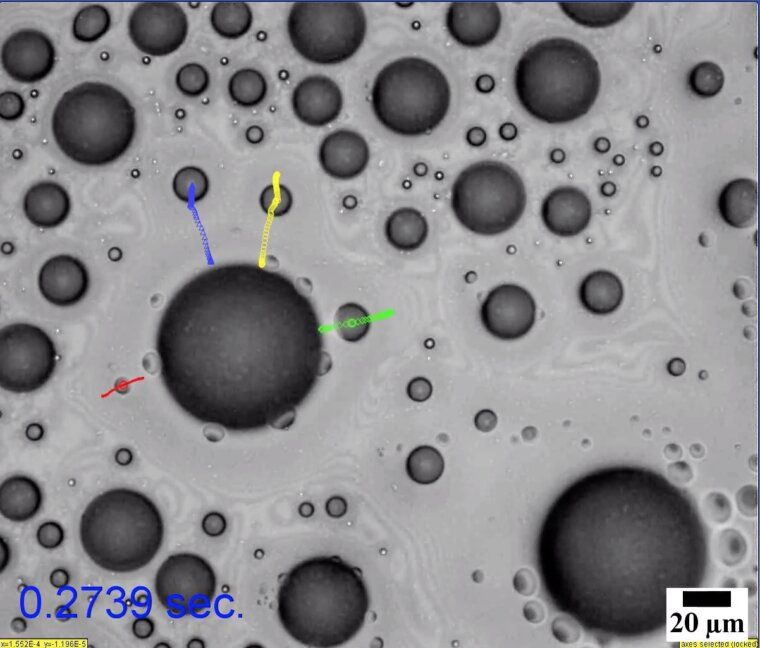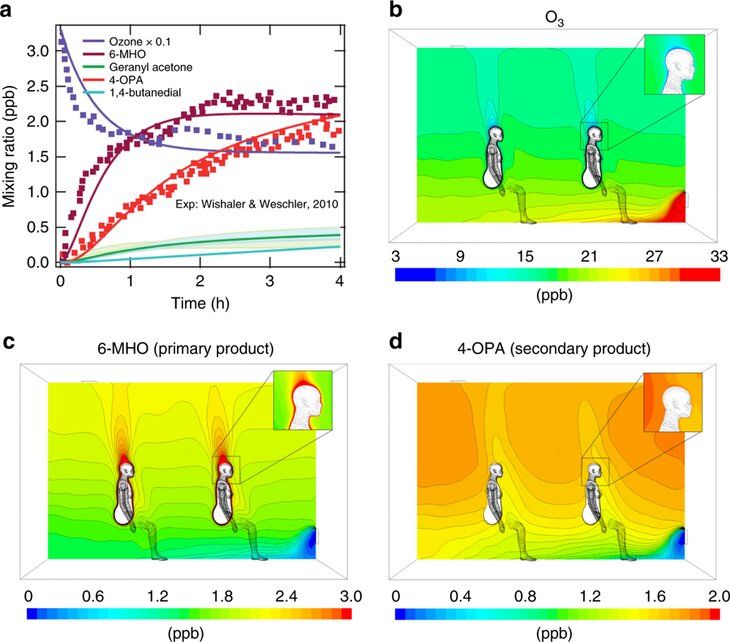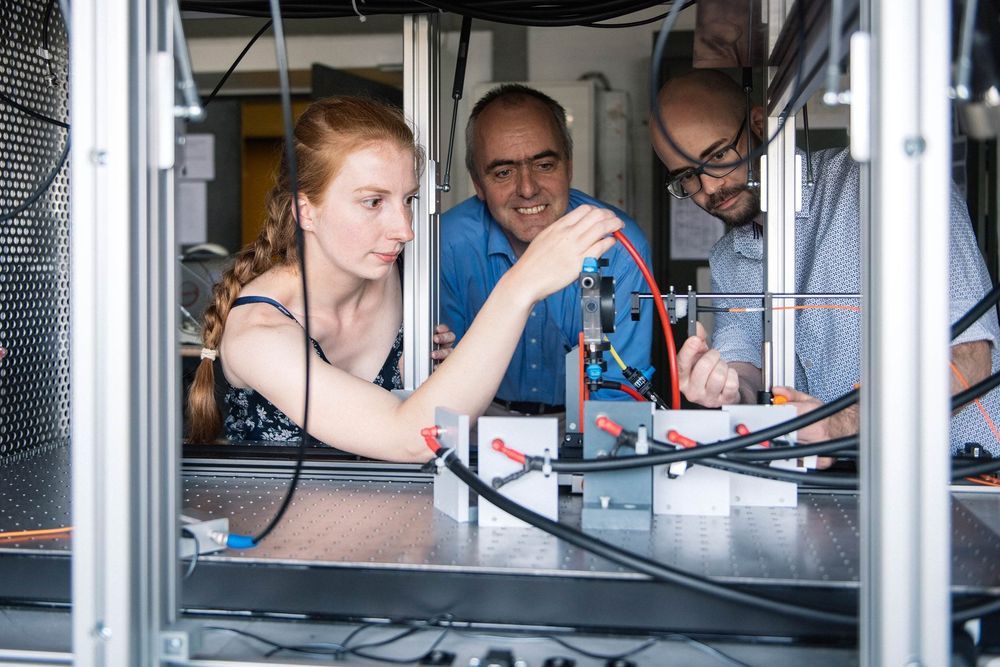Jul 8, 2019
Antigravity water transport system inspired by trees
Posted by Quinn Sena in categories: engineering, solar power, sustainability, transportation
Efficiently moving water upward against gravity is a major feat of human engineering, yet one that trees have mastered for hundreds of millions of years. In a new study, researchers have designed a tree-inspired water transport system that uses capillary forces to drive dirty water upward through a hierarchically structured aerogel, where it can then be converted into steam by solar energy to produce fresh, clean water.
The researchers, led by Aiping Liu at Zhejiang Sci-Tech University and Hao Bai at Zhejiang University, have published a paper on the new water transport and solar steam generation method in a recent issue of ACS Nano. In the future, efficient water transport methods have potential applications in water purification and desalination.
“Our preparation method is universal and can be industrialized,” Liu told Phys.org. “Our materials have excellent properties and good stability, and can be reused many times. This provides the possibility for large-scale desalination and sewage treatment in the future.”

















